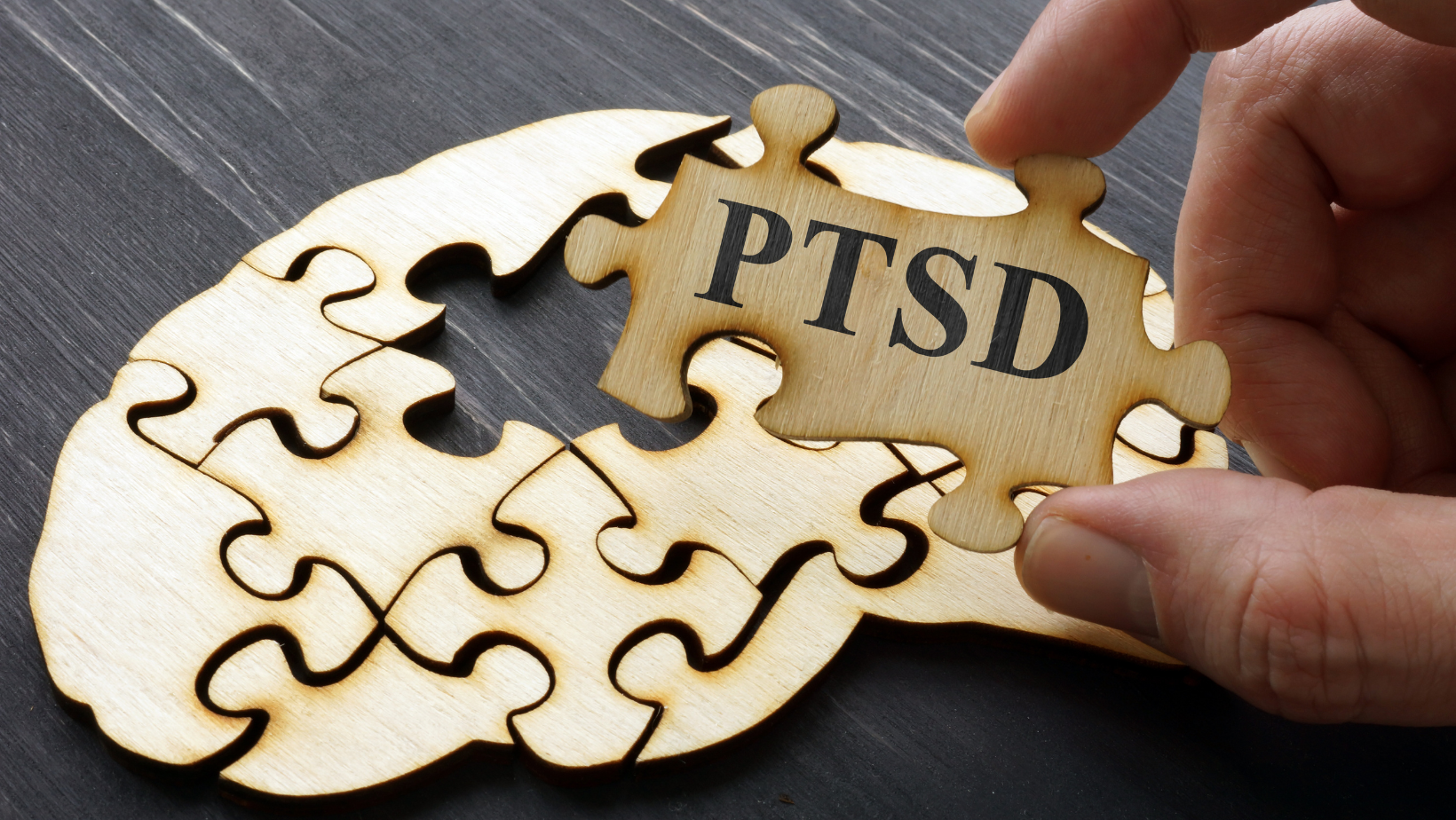
Trauma and Post-Traumatic Stress Disorder (PTSD) can have severe implications on our daily functioning, yet many of us may be unaware of the signs and symptoms. Mental health is an often overlooked yet integral part of our lives. We must recognize these indicators to receive the help and support needed to maintain a healthy mental state. Let’s examine various signs and symptoms of PTSD and discuss ways to address them.
What is PTSD?
A traumatic incident, series of events, or combination of circumstances may cause a person to develop post traumatic stress disorder (PTSD), a mental disease. A person might see this as being emotionally, physically, or even life-threatening, which could impact their mental, physical, social, and/or spiritual health. Examples include violent acts against personal partners, major accidents, terrorist attacks, war and conflict, rape, and sexual assault, as well as historical trauma. (Psychiatry.org)
Symptoms of PTSD
Post-traumatic stress disorder symptoms can begin as soon as one month after a stressful experience, but they can also take years to manifest. These symptoms bring significant issues in social, professional, and romantic interactions. They may also make it difficult for you to carry out regular activities as usual.
Intrusive memories, avoidance, unfavorable changes in thinking and attitude, and changes in physical and emotional reactions are the four main categories of PTSD symptoms. The severity of symptoms might change over time or from person to person.
Intrusive Memories
Some signs of intrusive memories are unwelcome and recurrently upsetting memories of the terrible incident, flashbacks, or the horrific experience is relived as though it were happening once again. Disturbing nightmares or dreams involving the horrific occurrence, and severe mental discomfort or adverse bodily responses to things that bring back terrible memories are also some of the manifestations of PTSD.
Avoidance
Avoidance symptoms might include avoiding reflecting on or discussing the painful incident and avoiding things, people, or situations that make you think of the painful occurrence.
Negative Shifts in Mood and Thinking
Negative shifts in thought and mood might manifest as negative self-talk or views about others or the world, hopelessness about the future, memory issues, including forgetting key details of the traumatic event, and keeping tight ties cause emotional pain. Feeling cut apart from friends and relatives, lack of interest in activities you formerly found enjoyable, trouble feeling happy, and a lack of emotional response are also some symptoms.
Changes in Physical and Emotional Reaction
Arousal symptoms, often known as altered bodily and emotional responses, might include being prone to being surprised or alarmed, being constantly alert for danger, self-destructive behavior, such as binge drinking or speeding, difficulty sleeping, difficulty focusing, anger flare-ups, irritability, or violent behavior, and overwhelming shame or remorse.
Signs and symptoms for children aged six and under may also include playfully reenacting the traumatic incident or portions of it and unsettling nightmares that may or may not contain elements of the traumatic event.
(Mayo Clinic)
PTSD Treatment
Reducing the mental and physical symptoms of PTSD, enhancing everyday functioning, and assisting the patient in better coping with the stressful incident that led to the disease are the main objectives of therapy. Psychotherapy (a type of counseling), medicine, or a combination of the two may be used to treat PTSD. (WebMD)
Post-traumatic stress disorder is a severe and potentially disabling psychological condition that can occur after experiencing or witnessing an extremely distressing event. It’s important to remember that everyone undergoes trauma differently, and PTSD has many different symptoms. If you think you or someone you care about may be experiencing PTSD, it is crucial to seek help from a mental health professional.
When to Go to the ER
Extreme behavioral changes can be concerning, even frightening for those around us. A person diagnosed with PTSD who is self-harming or experiencing psychosis (loss of contact with reality) or drug overdose – behaviors where a person’s life is in jeopardy requires immediate emergency care. Our board-certified emergency doctors are trained to deal with mental health crises and have the resources needed to stabilize someone and help them get the right kind of after care.
Works Cited
“What Is Posttraumatic Stress Disorder (PTSD)?” Psychiatry.Org – What Is Posttraumatic Stress Disorder (PTSD)?, www.psychiatry.org/patients-families/ptsd/what-is-ptsd.
“Post-Traumatic Stress Disorder (PTSD).” Mayo Clinic, Mayo Foundation for Medical Education and Research, 13 Dec. 2022, www.mayoclinic.org/diseases-conditions/post-traumatic-stress-disorder/symptoms-causes/syc-20355967.
“Posttraumatic Stress Disorder (PTSD): Symptoms, Diagnosis, Treatment.” WebMD, www.webmd.com/mental-health/post-traumatic-stress-disorder.
